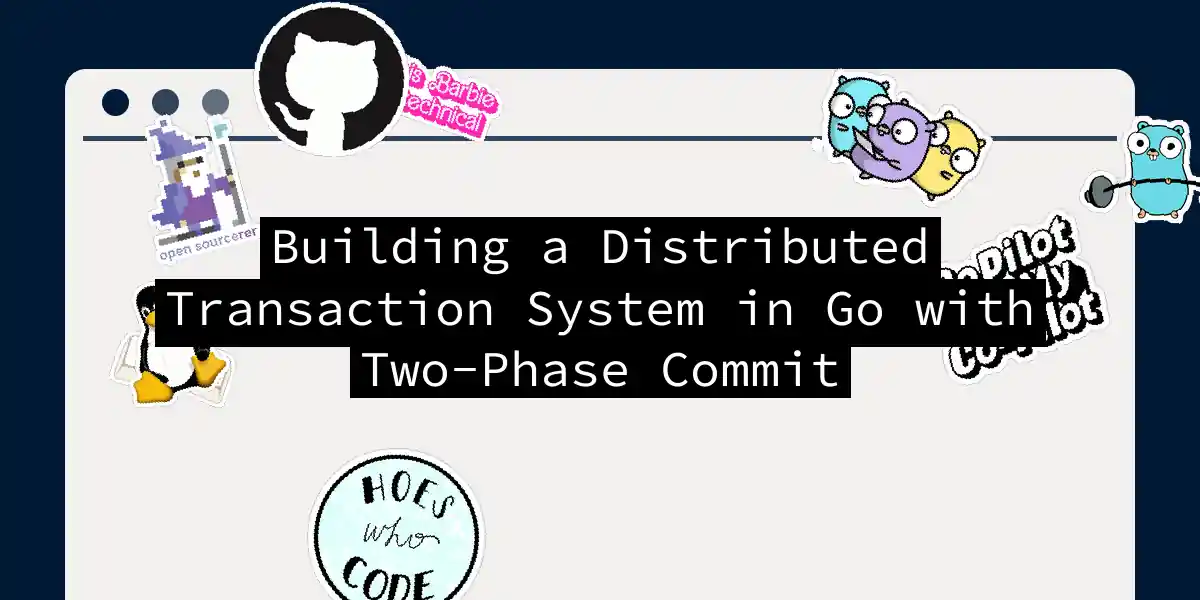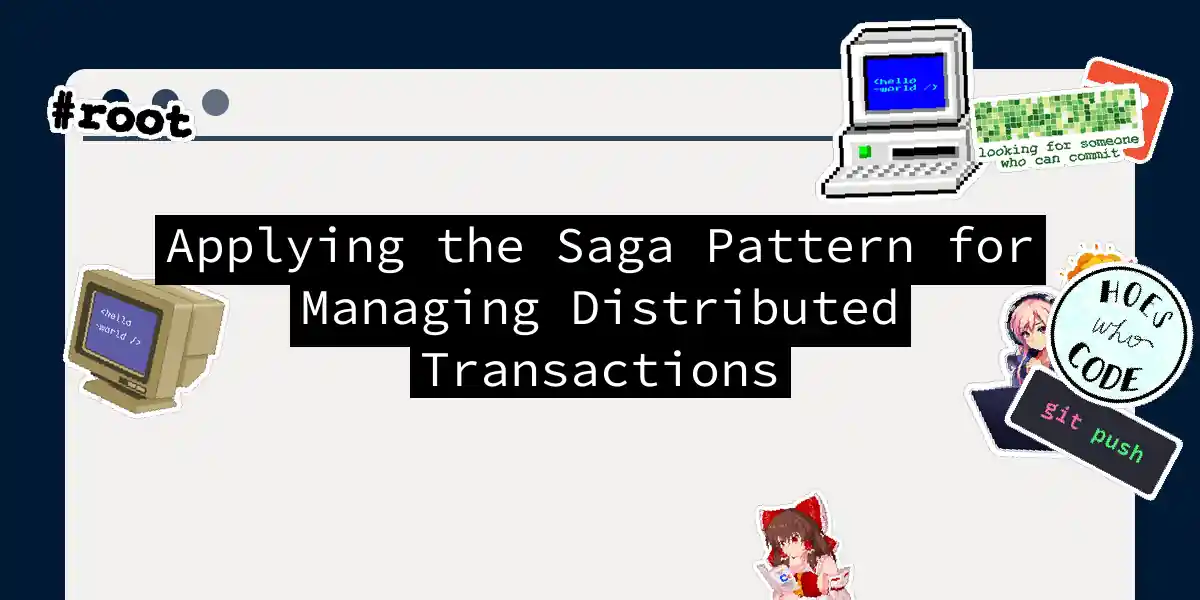
Building a Distributed Transaction System in Go with Two-Phase Commit
Introduction to Distributed Transactions When working with microservices, ensuring data consistency across multiple services can be a daunting task. Distributed transactions are a way to manage this complexity, but they come with their own set of challenges. In this article, we’ll delve into the world of distributed transactions, specifically focusing on the two-phase commit (2PC) mechanism in Go. Why Distributed Transactions? In a microservice architecture, each service might have its own database or storage system....

